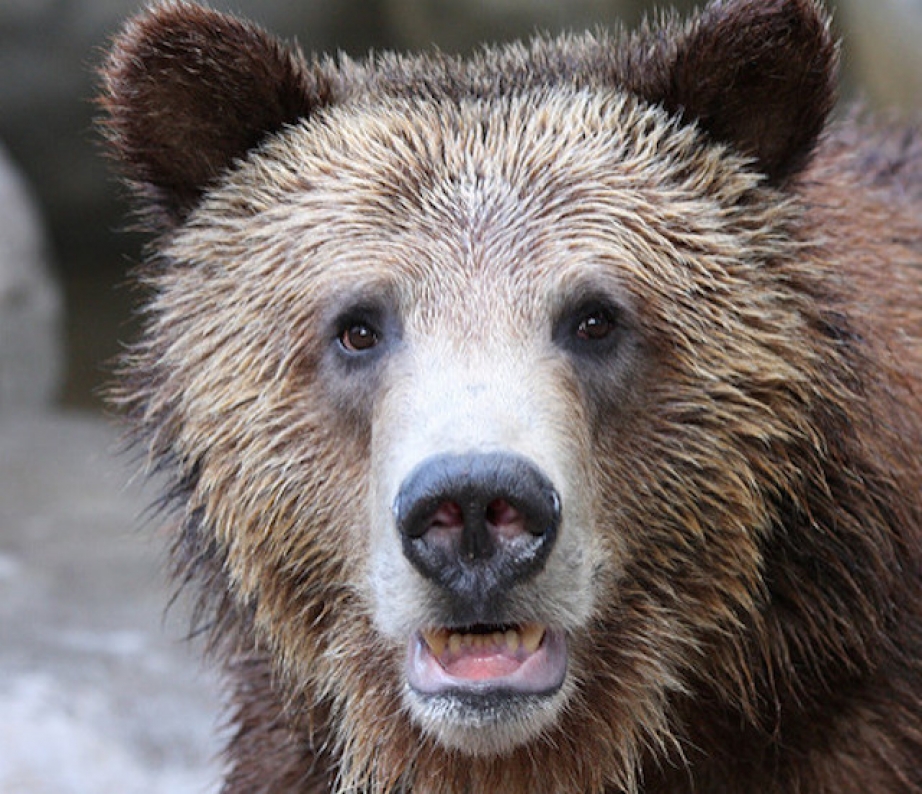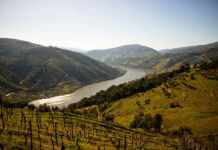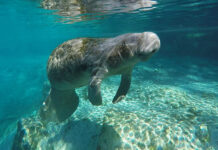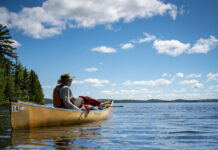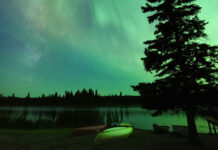Nothing makes a paddling experience richer than spotting some amazing wildlife. It can be the most memorable part of a trip and give you a first hand look at issues surrounding the environment and health of certain species. Visit these areas and increase your chances of seeing the animals that most fascinate you.
1. Moose in northern Ontario and Manitoba
These goofy-looking but extremely powerful mammals are the largest of the deer species. Encountering one lumbering slowly along the water’s edge with antlers that can span six feet is an awe-inspiring experience. Side-by-side provinces Ontario and Manitoba are full of these long-legged creatures, and a canoe trip through the vast collection of river systems and lakes is the best way to yield a sighting. Read about canoe trip options here.
2. Grizzly Bears in Northern Canada
Did you know grizzly bears have one of the lowest rates of reproduction out of all North American land mammals? While grizzlies used to be found in many parts of western North America, today an estimated 20,000 remain, with many in the Yukon and the Northwest Territories. The combination of remote and epic canoe trips under the midnight sun and spotting massive grizzly bears in the wild is well worth the effort of getting to the North. Find out about canoe trips in northern Canada.
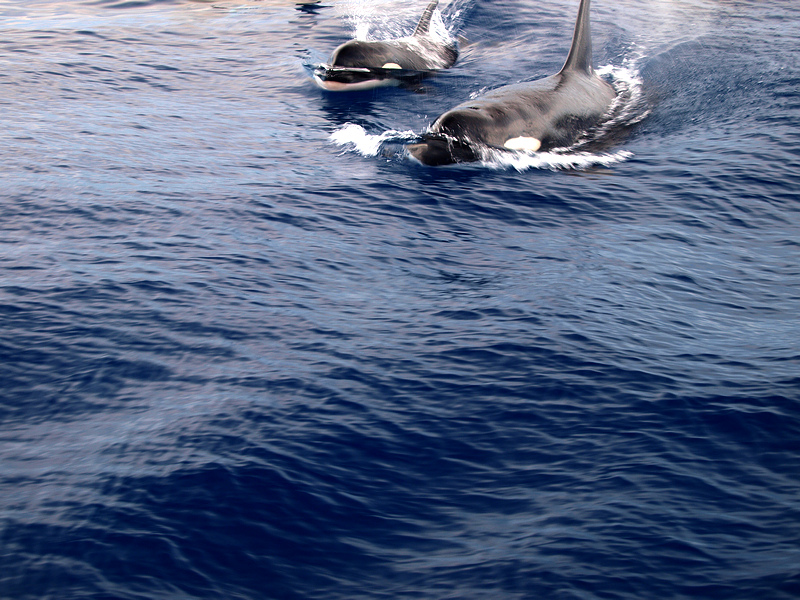
3. Killer whales on the west coast
Killer whales are magnificent mammals with distinctive black and white markings and bodies that can reach a length of nine meters. Normal killer whale behaviors like breaching and pectoral fin slapping are spectacular to view—especially from the water. Learn how to whale watch from your kayak in a way that is both safe for you and them. The B.C. coast is one of the best places in the world for whale watching. Explore trips here.
4. Wolves in Quebec
The wolf population in Quebec ranges over 90 percent of the province. Known as le loup in French, wolves are the largest members of the wild dog family and travel in hierarchal packs where lower-ranking male wolves will hide tails between their legs and act submissively around the dominant male. On a canoe trip in Quebec you may hear them howling from your campsite, or with luck spot one on the shore while gliding quietly through the water. Browse canoe trips in Quebec here.
5. Mountain goats in the BC interior
Mountain goats blow most other North American animals away when it comes to navigating steep terrain and enduring incredibly cold weather. Half of the world’s population of these peak-dwelling, shaggy mountaineers resides in British Columbia. When travelling to and from the put in and through alpine lakes and rivers, keep your eyes on the mountains and try to spot a mountain goat. See canoe trips in the British Columbia interior here.
6. Sloths in Ecuador
Sloths are not in a rush to get anywhere. The relatives of armadillos and anteaters can sleep for as much as 20 hours a day and their incredibly slow pace of motion allows algae to grow on them, helping their brown fur blend in with the green foliage in their environment. They seldom come down from the trees, so when you are waiting in an eddy to tackle the next set, look up. Explore paddling trips in Ecuador.
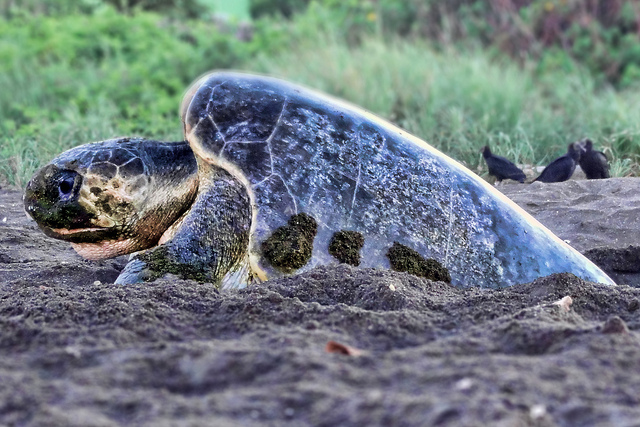
7. Sea turtles in Costa Rica
Five of the seven sea turtle species in the world can be found on the beaches of Costa Rica — leatherback, green, olive ridley, loggerhead and hawksbill. Leatherbacks are the biggest, reaching up to 2,000 pounds. Costa Rica’s sea turtle population has declined drastically in the last century, and so it is important not to affect their environment while viewing them from a distance in your kayak. Make sure not to interfere with them, especially if they are nesting. Discover whitewater kayaking trips in Costa Rica.
8. Caribou in Saskatchewan
Woodland caribou are found through much of northern Saskatchewan. They have striking, towering antlers and often travel in packs of five to 10. In winter, woodland caribou crater deep into the snow to find food, and they avoid their predators by constantly moving over large areas of forest. Explore paddling trips in Saskatchewan.
Need some awesome new gear for your paddling adventures? See our Paddling Buyer’s Guide.



